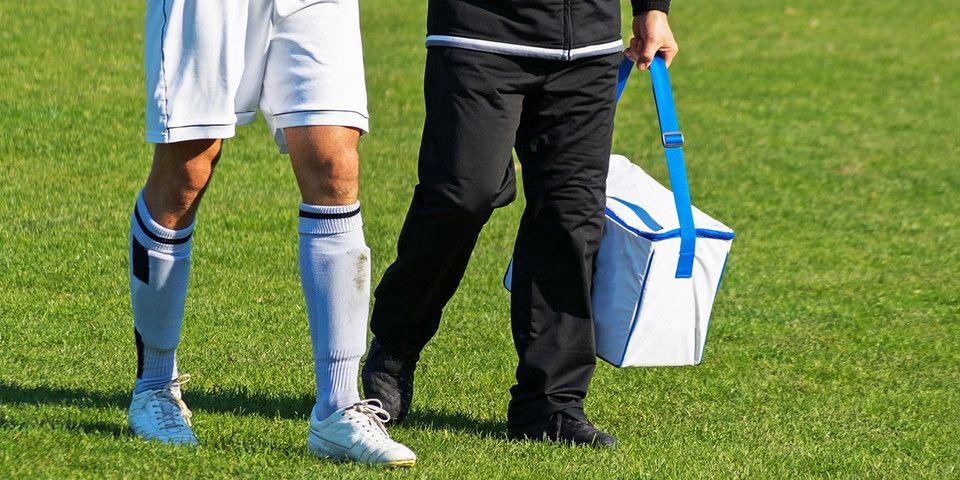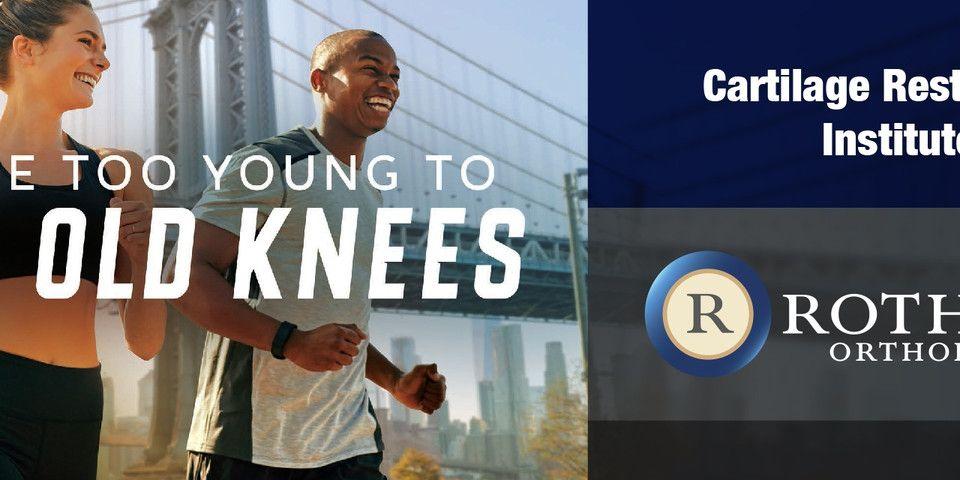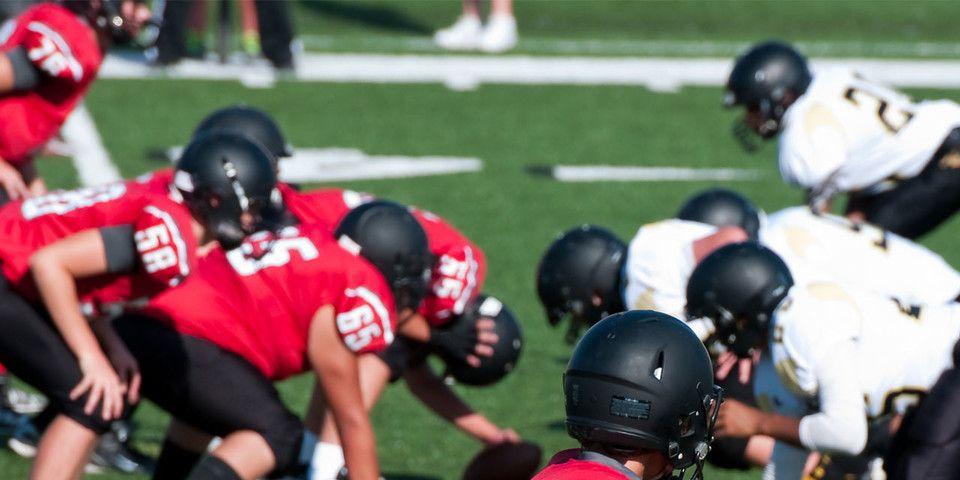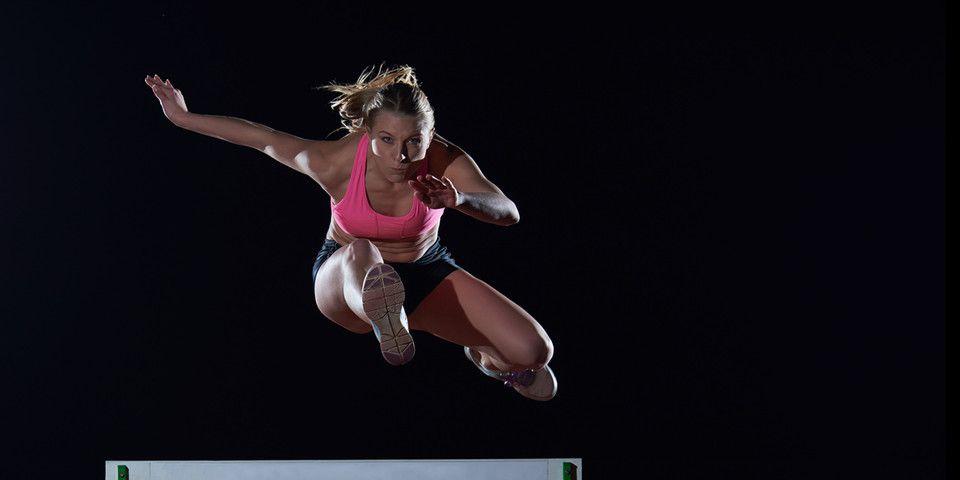Golfer's Elbow: Prevent, Identify, and Treat
Golfer’s elbow doesn’t just affect golf players!
You don’t have to be a golfer to develop golfer’s elbow. This common orthopaedic condition affects a great number of patients annually; and, while it’s true that golfers face a disproportionately high risk of developing golfer’s elbow, many of the patients treated for this condition have never touched a golf club.
What exactly is it about golf activity that causes the forearm and elbow tendon pain associated with golfer’s elbow? Also known as medial epicondylitis, golfer’s elbow is caused by repeated stress and damage to the tendons and muscles that attach to the inside of the elbow and control the movements of the wrist and fingers. Repeated activities that involve the stressful use of these muscles and tendons causes them to wear and become irritated and inflamed.
Because this damage and inflammation is brought on by overuse or stressful overexertion, it is most frequently experienced by athletes. This includes golfers, throwing sport athletes, tennis and racket sport players, weight lifters, and athletes of other activities that involve intensive forearm use. Risk is not limited to athletes, however. Workers who perform physical tasks and jobs with repetitive arm use, lifting, and forearm motions (such as carpentry) are likewise at an elevated risk of developing injuries of this type.
Once irritation and inflammation of the affected tendons sets in, golfer’s elbow symptoms will begin to emerge. Could you recognize these telltale symptoms? If not, learn how to recognize the onset of golfer’s elbow below.
Identifying Golfer’s Elbow
For persons whose work or recreational activities result in heightened risk for golfer’s elbow, the ability to identify the onset of this condition enables patients to pursue immediate treatment before damage worsens.
Familiarity with golfer’s elbow symptoms is the most effective way to identify this condition in its early stage before damage can advance further. Listed below are some of the typical symptoms that may indicate the presence of golfer’s elbow issues.
-
Pain and tenderness along the inside of the elbow and forearm
-
Stiffness of the elbow
-
Numbness or tingling sensations in the fingers
-
Weakness in the hand or wrist
-
Worsening of pain when flexing the forearm (such as when squeezing, gripping, lifting, etc.)
If you are experiencing one or more of these symptoms, it is likely that you are suffering from golfer’s elbow or a similar condition. A doctor or orthopaedic specialist can provide you with an official diagnosis.
Treating Golfer’s Elbow
After golfer’s elbow has been detected, golfer’s elbow treatments should be promptly initiated. Earlier commencement of an effective treatment regimen means a faster recovery and a quicker return to normal activity.
Your orthopaedic specialist will determine the best treatment options to address your specific issues and symptoms. The type of treatment recommended will largely depend upon the severity of your condition. Treatments that are commonly prescribed include:
-
Modification of activities responsible for tendon irritation
-
RICE (rest, ice, compression, and elevation)
-
Anti-inflammatory pain medication
-
Golfer’s elbow braces, wraps, and supportive devices
-
Physical therapy, including golfer’s elbow exercises, strength building, and stretches
-
Corticosteroid injections
-
Golfer’s elbow surgery; surgery is only advised in serious cases or instances where non-operative treatments have proven insufficient
Preventing Golfer’s Elbow
Prevention is always preferable to treatment. If you are an at-risk person, taking simple measures to prevent golfer’s elbow can effectively mitigate the threat to your orthopaedic health. Likewise, diligent prevention means that you can avoid the interruptions to your athletic activities, career, and daily life that come with orthopaedic injury.
Prevention of golfer’s elbow largely entails strengthening of the associated tendons and muscles. There are numerous exercises that can effectively improve the strength of these components and prevent injury. The Sports Medicine specialists at Rothman Orthopaedic Institute recommend the following preventative exercises:
-
Wrist curls using a light dumbbell (hands in front, palm up)
-
Reverse wrist curls (hands in front, palm down)
-
Squeezing a tennis ball or stress ball (for approximately five minutes at a time)
Making these three simple exercises a part of your training or daily routine can greatly reduce your risk of developing golfer’s elbow.
Unfortunately, not all cases of golfer’s elbow can be prevented. If you are suffering from the painful symptoms of this condition, the specialists at Rothman Orthopaedic Institute can provide you with the most advanced treatment options and specialized care available. To learn more or to schedule an examination, please visit us here or contact us at 1-800-321-9999.
Related Physicians
Related Specialties
Related Conditions
Related Programs
-

Athletic Training- Sport Medicine Outreach
Our Field Athletic Trainers provide direct sports medicine care to youth, high school, college and professional athletes. Rothman AT’s provide athletic training services throughout Southeastern PA to interscholastic high schools, colleges, as well as tournaments and special events.Read More -

Cartilage Restoration Institute
This is a center where patients can go to have their disabled joint biological resurfaced, realigned, and stabilized without having the joint replaced by artificial materials such as metal and plastic. It is well known that the outcomes of patients under the age of 50 undergoing artificial joint replacement are not as good as we would like. Therefore we feel the future of Orthopaedics is to try to restore a joint back to its original anatomy by realignment, ligament reconstruction, and cartilage restoration.Read More -

Injury Prevention Program
The Injury Prevention Program at the Rothman Orthopaedic Institute is dedicated to the prevention of injuries from athletic participation, particularly youth sports.Read More -

Women’s Sports Medicine Program
The Women’s Sports Medicine Program at the Rothman Orthopaedic Institute is the first of its kind in the Philadelphia metro area and one of only several such programs specializing in the comprehensive care of the female athlete in the country.Read More




